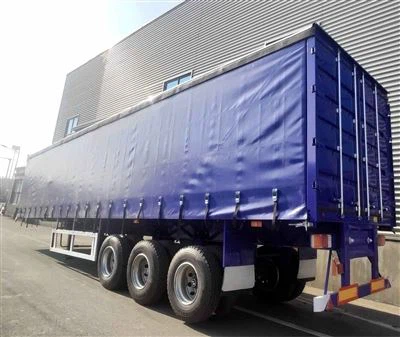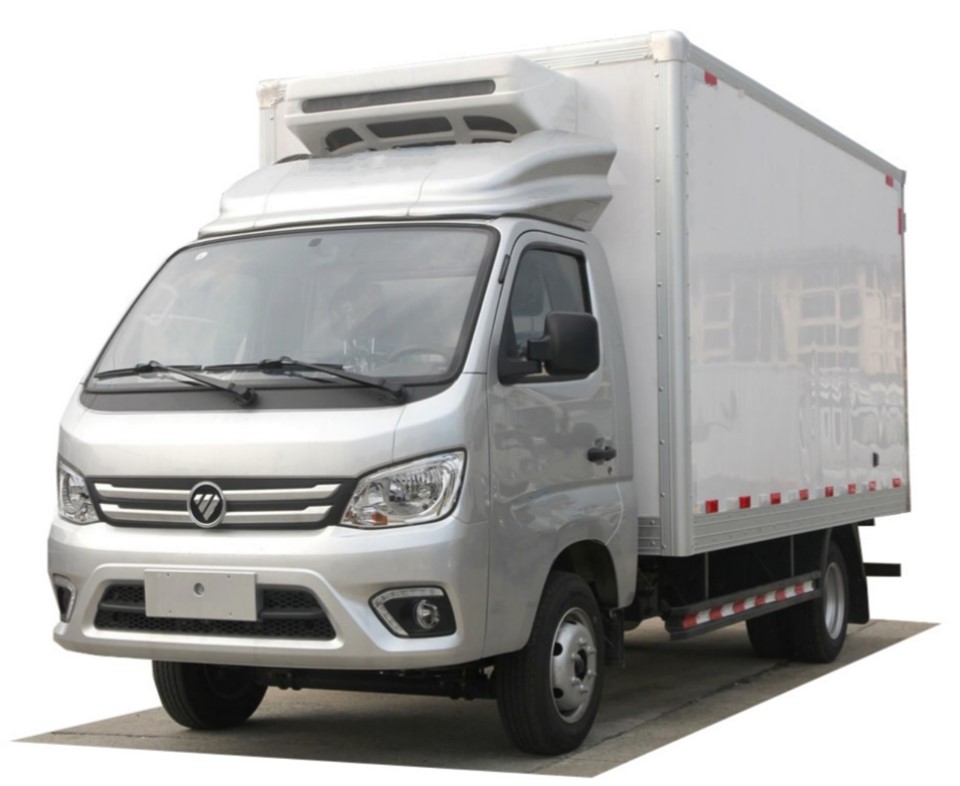Understanding Twenty Trucks Garbage: An In-Depth Analysis

Garbage collection and disposal are crucial services in our urban landscape. This article delves into the concept of ‘twenty trucks garbage,’ exploring its significance, operations, challenges, and future in waste management. With a focus on real-world applications, we aim to provide readers with a comprehensive understanding of how effective garbage disposal helps maintain cleanliness and environmental sustainability in cities.
Introduction to Garbage Disposal
Garbage disposal is integral to city management and sustainability. Local governments employ various methods to handle waste, and one common approach involves the deployment of garbage trucks. These dedicated vehicles are essential in maintaining public health and environmental safety.
The Concept of ‘Twenty Trucks Garbage’
The phrase ‘twenty trucks garbage’ likely refers to the process and scale of waste management involving approximately twenty garbage trucks in operation. This can relate to a specific route, area, or operation period within a municipality. Understanding how these trucks function helps illustrate the broader waste management strategies in urban areas.
What Does Twenty Trucks Mean?

The phrase ‘twenty trucks’ typically denotes the number of trucks allocated for garbage collection within a specified area, time frame, or even an event. These trucks are essential in handling the volume of waste generated by communities.
Role of Garbage Trucks
Garbage trucks serve multiple functions:
- Collecting household waste.
- Collecting commercial waste from businesses.
- Transporting waste to transfer stations or landfills.
The Operations of Garbage Collection
Schedule and Routing
Effective garbage collection requires careful planning and scheduling. Many municipalities operate on a weekly or bi-weekly schedule that depends on the volume of waste generated. It is essential to ensure efficient routing to minimize travel distance, reduce fuel costs, and limit environmental impacts.
Types of Garbage Trucks
Different types of garbage trucks are utilized based on the nature of the waste collected:
| Type of Garbage Truck | Purpose | Features |
|---|---|---|
| Rear Loaders | Residential waste collection | Low body, small payload, traditional design |
| Front Loaders | Commercial waste collection | High capacity, used for dumpsters, easier loading |
| Side Loaders | Varied waste types | Operated from the side, automated loading |
| Compactor Trucks | High-volume waste | Compresses waste for higher payload efficiency |
Challenges in Garbage Truck Operations
Traffic and Road Conditions
Garbage trucks often face logistical challenges due to traffic congestion, road conditions, and restrictions. These factors can delay services and impact the effective operation of garbage routes.
Equipment Maintenance
Routine maintenance of garbage trucks is essential to prevent breakdowns and ensure they are operating efficiently. This includes regular inspections of brakes, hydraulic systems, and cargo areas.
Community Engagement
Educating the community about proper waste disposal practices is vital. Misunderstanding about what can and cannot be discarded can lead to improper use of garbage collection services, potentially causing truck overload and operational inefficiencies.
Waste Composition and Management
Types of Waste Collected
Understanding waste composition aids municipalities in planning efficient waste management strategies. Types of waste include:
- Residential waste
- Commercial waste
- Construction debris
- Hazardous materials
Recycling and Sustainability
Many cities incorporate recycling programs to reduce landfill waste. In a system involving twenty trucks, designated routes may specifically handle recyclable materials, making the operation more efficient.
Technological Innovations in Garbage Collection
GPS and Route Optimization
Implementing GPS technology allows for real-time route optimization, ensuring trucks take the most efficient paths, thus reducing fuel consumption and time on the road.
Automated Collection Systems
Investing in automated systems for waste collection maximizes efficiency. Features include automated side loaders and compactors that help manage waste with minimal manual intervention.
Examples of Successful Municipal Waste Management
Case Study: San Diego

San Diego’s waste management employs various innovative strategies, including the use of smart bins that monitor waste levels and optimize collection routes based on data-driven insights.
Case Study: Toronto
Toronto has a quintessential waste diversion program aimed at increasing recycling rates and reducing reliance on landfills. Through community engagement and efficient routing aligned with waste composition, the program has seen significant success.
Future of Garbage Truck Operations
Emerging Trends in Waste Management
As urban centers grow, so do the complexities surrounding waste management. Future trends include the use of electric and hybrid trucks, further advancements in recycling technologies, and increased community involvement to enhance overall waste reduction strategies.
Policy Recommendations
Municipalities should consider implementing policies that support sustainable waste management practices while adopting new technologies to improve efficiency and reduce costs.
Frequently Asked Questions (FAQ)
1. How much garbage can a standard garbage truck hold?

A standard garbage truck can hold between 10 to 15 cubic yards of waste, depending on the type and design of the truck.
2. How often should garbage be collected?
Typically, residential garbage collection is conducted weekly or bi-weekly, depending on local regulations and waste generation levels.
3. What happens to the garbage once it is collected?
After collection, garbage is transported to transfer stations or landfills, where it is sorted, processed, recycled, or disposed of properly.
4. How can I reduce the amount of waste I generate?
You can reduce waste by recycling, composting, donating unwanted items, and purchasing products with minimal packaging.
5. Are there any recycling programs available?
Most municipalities have recycling programs that allow residents to separate recyclable materials from regular garbage to minimize landfill usage.
6. What role do composting programs play in waste management?
Composting programs help divert organic waste from landfills and turn it into nutrient-rich soil, improving sustainability and reducing methane emissions.
